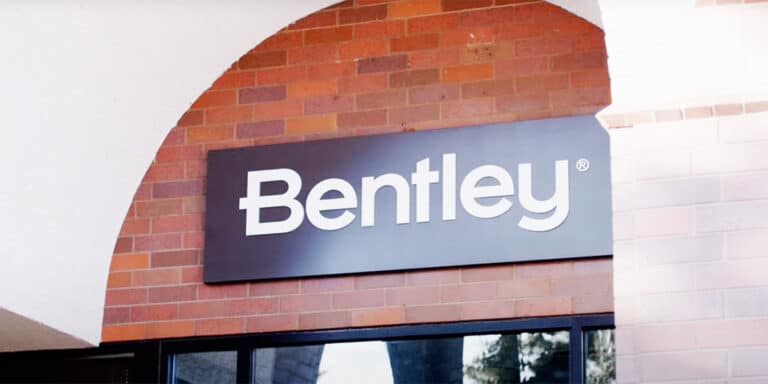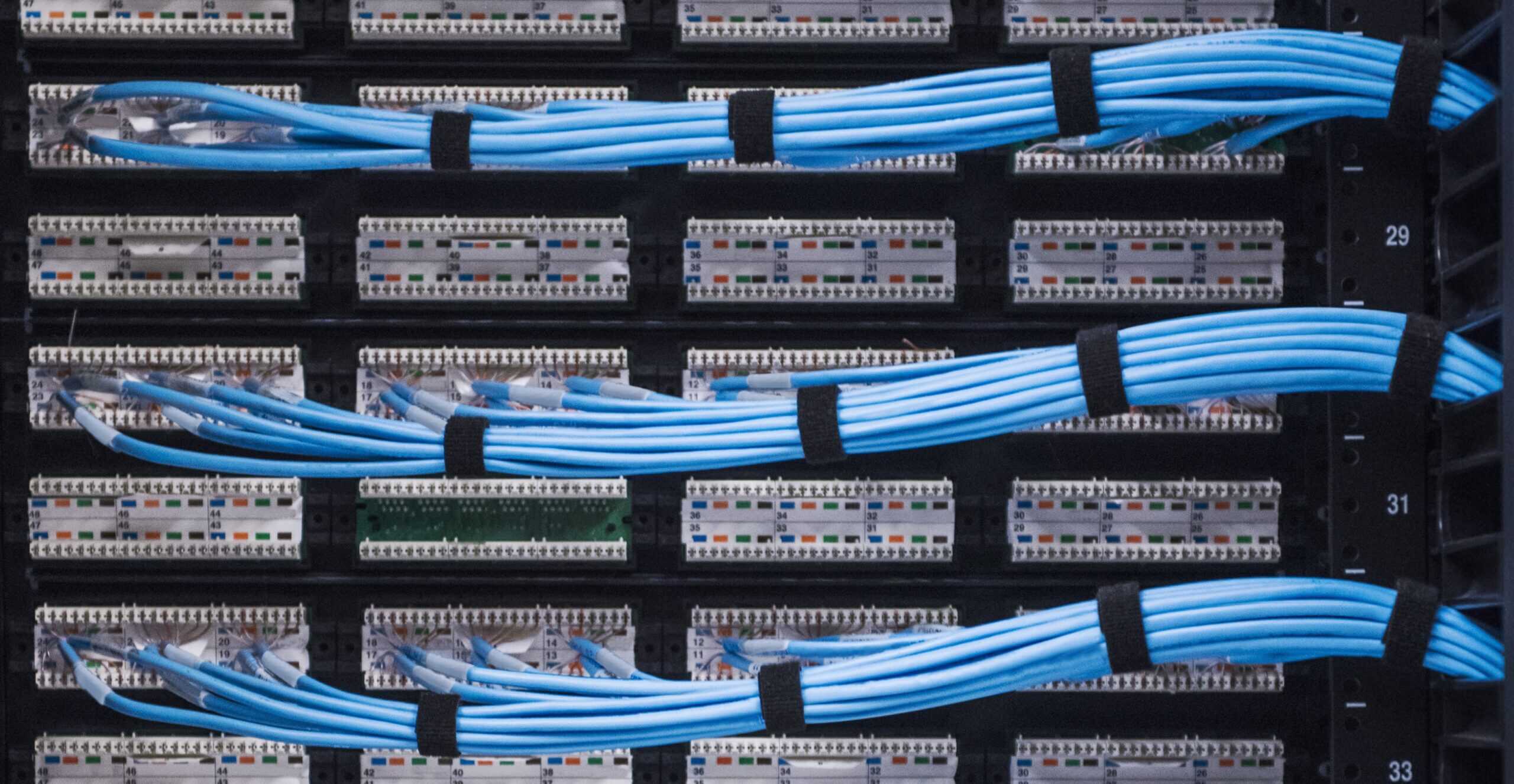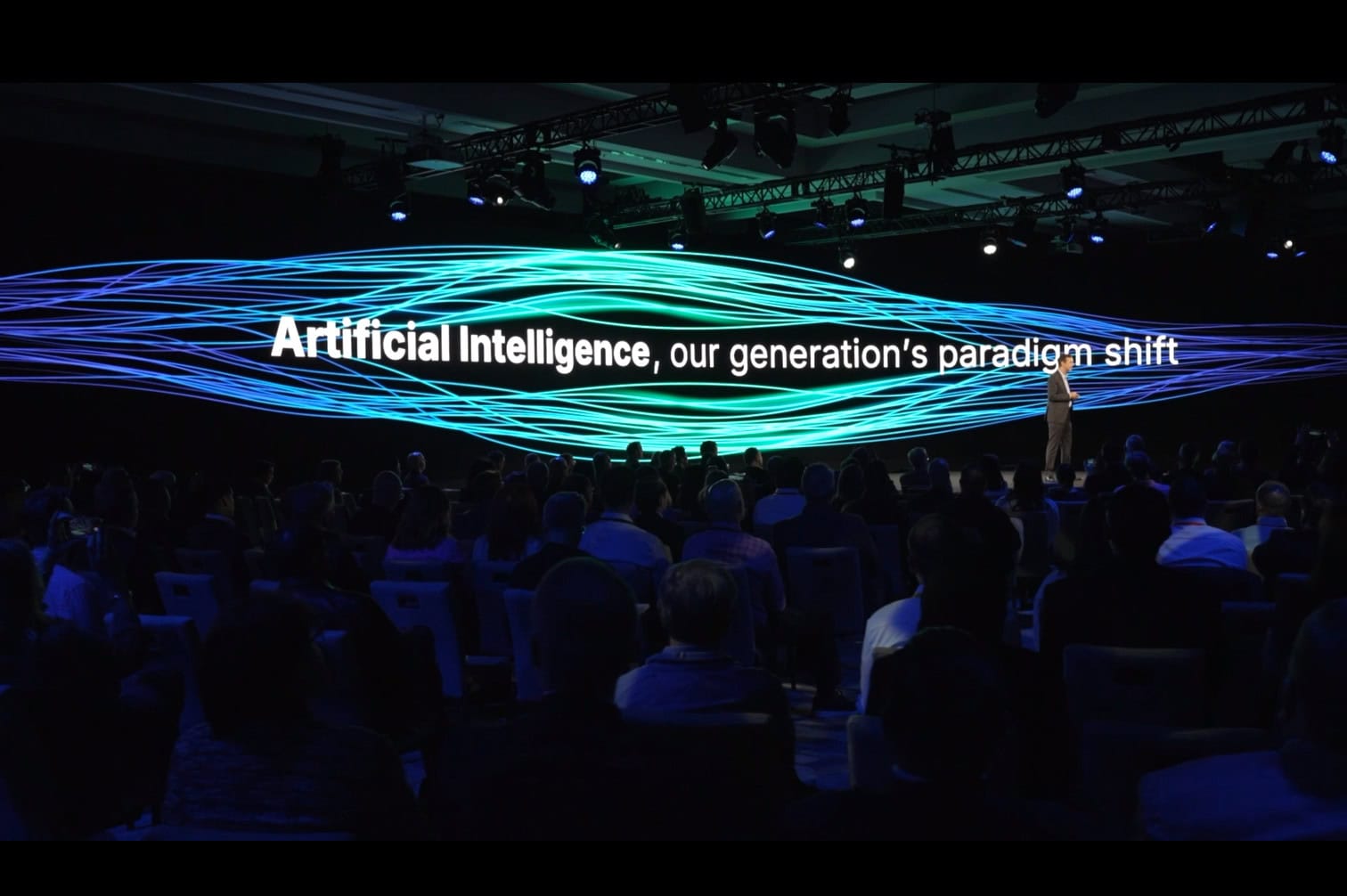The infrastructure industry is facing an unprecedented challenge: Demand for new roads, bridges, water systems, and utilities is growing faster than engineers can design and build them. By 2030, nearly 60% of the world’s population will live in urban areas, placing immense pressure on already-strained resources. Meanwhile, floods, wildfires, and other extreme weather events are testing resilience in ways that demand innovative solutions.
Bentley Systems’ next generation of Open Applications—starting with the groundbreaking OpenSite+ for civil site design and OpenUtilities Substation+ for electric substations—are purpose-built to address this engineering capacity gap. Plus, they weave artificial intelligence (AI) into the fabric of engineering workflows from the start.
“The scope and depth of modeling are getting bigger, and workflows are increasingly more data-centric,” says Ian Rosam, product management director for Bentley’s civil engineering applications. “Efficiency through automation underpins everything we’re doing across our open applications.”
Traditional CAD-based workflows rely on manual, time-consuming processes, particularly in drawing production. This is where AI is transformative. Rather than treating artificial intelligence as an add-on, Bentley has embedded large language models (LLMs) trained on engineering-specific knowledge, like building codes and environmental rules. The result is a fundamental mindset shift in how engineers work.
“We are introducing products that are AI-enabled from the outset across our vertical product lines to address many of the industry’s most pressing problems,” Rosam explains. “This represents a step change in self-serve functionality.”
Consider hydraulic design and analysis features in OpenSite+. Previously, engineers would manually extract data, apply formulas, and validate computational steps. Now, they can use natural language prompts—typed or spoken—to execute complex calculations that the AI contextually understands. “It’s a little bit like approaching an exam situation,” Rosam says. “Do I have to remember the formulas, or can I go in with an open book?” With OpenSite+, the LLM is trained on “Heastad Methods” for hydraulic modeling and can be taught more. This allows it to carry out the computations, though you still need to understand the application of the theoretical and the output.
OpenSite+, the first in this next-generation lineup, enables site engineers to work dramatically faster by automating tedious tasks. The software delivers projects up to 10 times faster without sacrificing accuracy, giving teams more time to refine designs and improve quality. It’s an all-in-one solution: data-centric, digital twin-native, and AI-powered, with integrated drainage design and automated drawing production.
OpenUtilities Substation+ is a new intelligent, cloud-connected solution designed to modernize how substations are designed, built, and maintained in a digitized world. Utilities can use intelligent 3D modeling, AI-enabled design assistance, and collaborative workflows to ensure their aging infrastructure can meet today’s demands. (Find out more about Substation+.)
Bentley is also bringing these AI capabilities to existing infrastructure engineering applications, starting with OpenRoads Designer and OpenRail Designer for modeling road and rail projects. Bentley Copilot has also been added to these applications, while a new AI tool automatically organizes labels on complex drawings with a single click, eliminating overlapping text and making drawings easier to read—saving significant time during the review and revision process.
The White Space Problem
Drawing production is one of the most universally time-consuming challenges in infrastructure design. Every drainage engineer, highway designer, and electrical specialist needs different information annotated on the same base drawing. Making labels readable without overlapping—what the industry calls “white space management”—has remained stubbornly manual since the days of drawing boards.
Bentley’s solution employs machine learning to automatically optimize label placement, leader line length, text rotation, and spacing. AI-powered automation takes the tedium out of producing drawings while maintaining the consistency and quality that contractors and regulators require.
Context is Everything
What makes infrastructure AI different from consumer applications? Specifically, “infrastructure context”—the layered understanding of design intent, environmental constraints, historical data, and engineering logic that transforms AI into an engineer’s assistant.
This context proves invaluable when engineers juggle multiple projects across different jurisdictions. “If you’re working on five projects in different states, in different counties, with different criteria—they always have different standards,” Rosam explains. “You can utilize the LLM to manage some of that knowledge that you need to carry into the job, to help you not make a mistake in that process.”
From Concept to Reality
OpenSite+ is the first fully digital twin-native, AI-powered application in Bentley’s portfolio and it promises even more dramatic gains. Its generative design capabilities can evaluate thousands of site grading scenarios with a single click, optimizing for cost and constraints. The Bentley Copilot AI assistant, refined through extensive early access programs, now includes spatial awareness, so it can understand design element relationships and intelligently modify models based on natural language commands.
These next generation applications represent more than incremental improvements. They signal how infrastructure professionals can meet the urgent demands of a rapidly urbanizing world—working smarter and reclaiming time to focus on work that demands expertise and creativity.
Building Trust in AI
As infrastructure organizations adopt AI tools, data security and intellectual property protection remain critical concerns. Bentley safeguards its software users’ intellectual property. Users can choose to contribute data for AI training that benefits the broader user community, but Bentley doesn’t use their data without permission. Users also can fine-tune Bentley AI models with their own data, for their exclusive use.
“It’s important for users to understand the integrity Bentley places on their data,” Rosam says. “We never capture data unless users opt-in and never share it.” The system also provides citations for its outputs, minimizing “hallucinations” and building confidence in AI-generated recommendations.
The Road Ahead
The vision isn’t one monolithic AI. It’s an ecosystem of specialized agents, each excelling at specific tasks, ranging from design optimization and documentation management to automated regulatory compliance checks.
This modular approach allows Bentley to rapidly deploy targeted solutions. It’s automation, certainly. But more importantly, it’s augmentation: freeing engineers from repetitive work to focus on the creative, critical thinking that defines their profession.
“It’s an exciting time,” Rosam says. “Where we’re going with this, as a new product that has been developed with AI integrated from the outset, is expansion. And that expansion is going to grow as we essentially develop new agents to assist in specific processes and tasks, as we learn from users where they see more value.”
Jay Moye is an award-winning writer, editor, multimedia storyteller, and brand journalist. Jay served as global editor-in-chief of Coca-Cola Journey.









